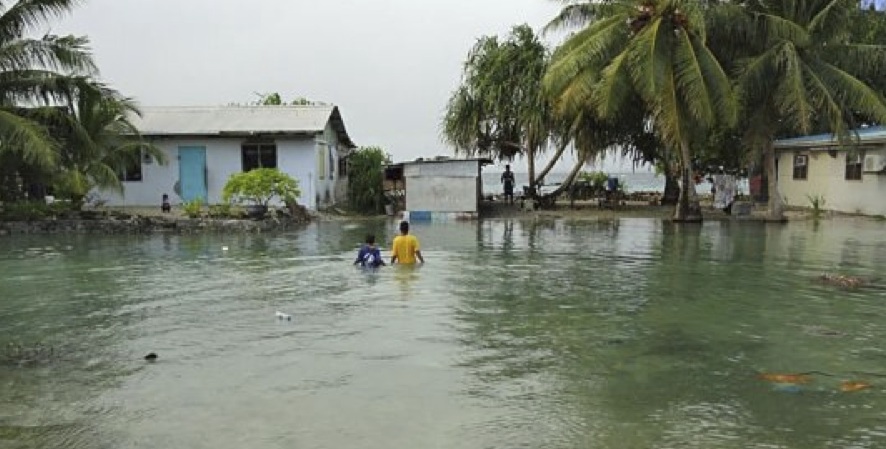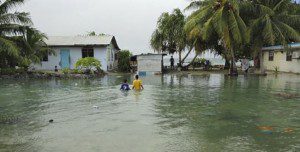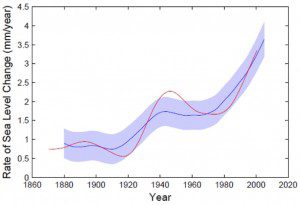
17 Aug EARTH MATTERS: THE BOTTOM LINE
 Regardless whether you understand the empirical evidence that indicates human-induced activities have exaggerated the greenhouse effect or if you just “feel” that the climate change is naturally induced, it is difficult to argue that extreme weather events such as severe droughts, hurricanes, and floods along with a rise in global temperatures and sea levels have not resulted in a significant economic burden to humanity.
Regardless whether you understand the empirical evidence that indicates human-induced activities have exaggerated the greenhouse effect or if you just “feel” that the climate change is naturally induced, it is difficult to argue that extreme weather events such as severe droughts, hurricanes, and floods along with a rise in global temperatures and sea levels have not resulted in a significant economic burden to humanity.
Since 1900, the global sea level has increased by about eight inches in some regions and scientific research projects it will increase three feet overall by 2100. Currently, some of the low-lying Marshall Islands in the region of Oceania are underwater or inhabitable due to sea level rise and extreme storm surges. Sadly, unless we begin to implement global climate change mitigation and adaptation actions today, approximately 750,000 people will be displaced from hundreds of low-lying islands in Oceania by 2025.
According to economic research conducted by a consortium of experts, our current “business-as-usual” policies would result in climate-related damages that cost up to $20 trillion in the year 2100. In contrast, the cost of implementing climate action policies today would reach around $450 billion in 2050 and $3 trillion in 2100. However, if we wait until 2025 to implement climate action policies it would imply additional costs of up to $50 billion in 2050 and $340 billion in 2100. Furthermore, if we wait 25 years to implement climate action policies it will be impossible to prevent severe and irreversible climate change-related impacts.
In the past, societies like the ancestral Pueblo people that lived in the Four Corners region of the Southwest implemented reactive climate adaptation actions around 1330 AD in response to a prolonged drought by moving from the cliff dwellings of Mesa Verde in Colorado to low-lying river bottoms where sufficient water resources could support their existing population. However, as history has revealed, not all societies that have responded to climate change with reactive actions have avoided immense suffering.
Thus, in order to stabilize the human-induced greenhouse effect and a subsequent rise in global surface temperatures and sea levels, we need to “quit yakking and start tracking” by implementing proactive climate action plans. Proactive planning involves implementing a synergy of climate mitigation actions to reduce, eliminate, or reverse greenhouse gas emissions in the atmosphere and adaptation actions designed to modify a system as a means to adjust our physical environment to impacts related to climate change along with encouraging a shift in society’s behavior towards a sustainable social, economic, and environmental way of life.
Hence, the fate of our species and many others on Earth rests in our hands. We can choose to take responsibility for our actions or we can pass an enormous burden onto future generations.



Sorry, the comment form is closed at this time.